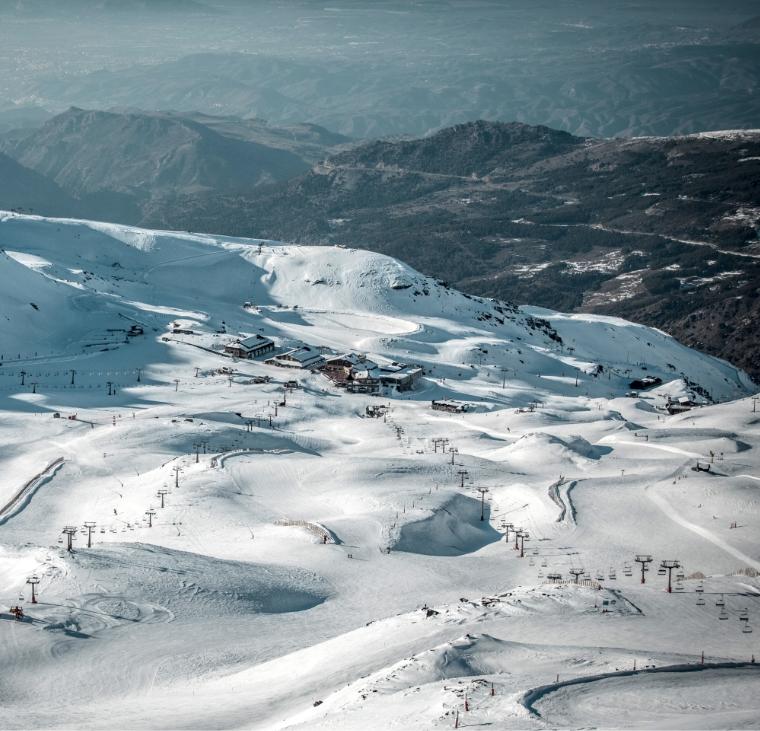Carnival In Cadiz
Cadiz has the biggest carnival in mainland Spain. Some say it rivals the carnival in Rio De Janeiro in terms of processions, floats, fireworks and partying. For sheer excess and exuberance you can´t beat a trip to Cadiz at carnival time!

History
The origins of the carnival go back to the 16th century when Cadiz was a trading partner of Venice. In its early incarnation the carnival had a definite Italian influence. The carnival continued in the 17th to 20th century, only suspended during the Spanish civil war and the early years of Franco.
Now it is internationally renowned and a tourist attraction which runs for two weeks every February.

Theme
The Carnival’s main characteristic is humour. Through sarcasm, mockery and irony, the main groups and the people of the street "purge" the most pressing problems of today. While some carnivals elsewhere in the world stress the spectacular, the glamorous, or the scandalous in costumes, Cádiz is about how clever and imaginative its carnival attire is. It is traditional to paint the face as a substitute for a mask.
The whole city participates in the carnival and the presence of the fiesta is almost constant in the city because of the recitals and contests held throughout the year.

Saturday day and night is the biggest street party. The tradition is that everyone wears a costume, which is often related to the most polemical aspects of the news. Saturday is the day that the Carnival Queen is crowned. Sunday is the day of the main parade with floats and processions through the street. Singing and dancing takes place all over the city and at night there are fireworks. The best place to view the spectacle is La Caleta.
Participants
The Carnival of Cádiz is most famous for its performers. Their music and wit are the centre of the carnival.
The comparsas are witty and satiric groups that train for the whole year to sing about politics, topics in the news, and everyday circumstances, while all of the members wear identical costumes. Their songs are all original compositions and are full of satire and wit. Each comparsa – whether a professional group or one made up of family members, friends or colleagues – has a wide repertoire of songs. They sing in the streets and squares, at improvised venues like outdoor staircases and in established open-air tablaos (tableaux) organized by the carnival clubs.

The chirigotas are the groups of people (like the comparsas) that sharing a costume and singing together, perform songs about current topics but a more humorous than the comparsas.
The choirs (coros) are larger groups that travel through the streets on open flat-bed carts or wagons, singing, with a small ensemble of instruments (often guitars). Their characteristic composition is the "Carnival Tango", and they alternate between comical and serious subjects. Their costumes are the most elaborate of all the performers.
Other groups can be found in the streets: the comedy quartets (cuartetos) who play guitars and use sticks to mark the rhythm. They use set-piece scenes, improvisations, and music.

The minimalist carnival groups in Cádiz are the romanceros, perhaps the oldest, carnival representation in Cádiz throughout history. A romancero is a single costumed person who brings a big easel on which posters help them tell a story with images. The romancero recites humorous verses while pointing at aspects of the pictures and drawings with a long stick.
Finally, illegales are the amateur singers who do not enter the official competitions.
Competition
The best-known contest among chirigotas, choirs, comparsas, and quartets in Cádiz is the 'Official Contest' at the Gran Teatro Falla, that finishes just before the first Saturday of Carnival. It is broadcast by the regional television and radio stations.

Carnival 2020
This year the carnival is on between 20 February – 1 March 2020.
Are you planning on visiting!?






